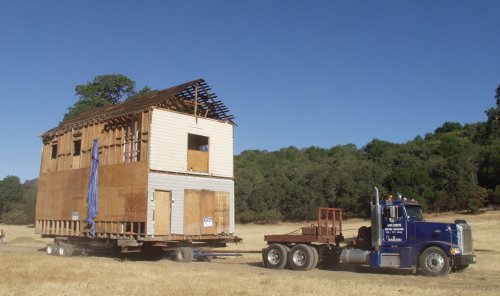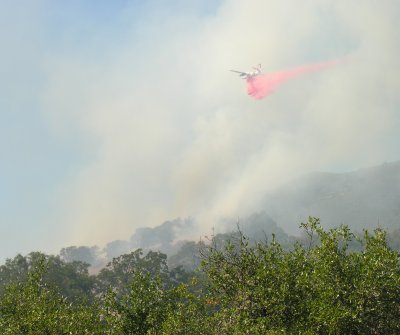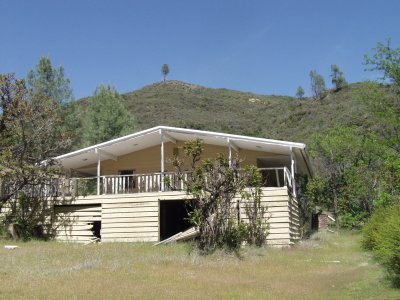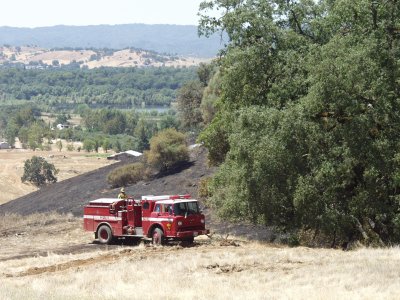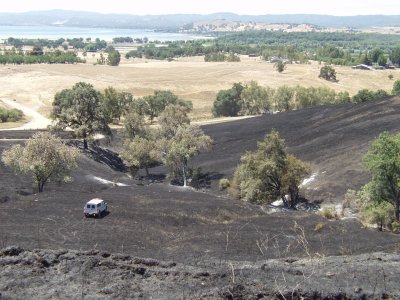- Lake County News Reports
- Posted On
'Sicko' makes county debut Friday
After receiving numerous requests from Lake County citizens, theater manager Justin Hamaker said in an announcement Tuesday, "The only way we could accommodate Sicko was to bring it in for a single matinée showing each day at 12:15 p.m.," which he realizes is not an ideal time for everyone, but his only other option was not to show it at all.
Sicko is currently playing in Ukiah until Thursday, Aug. 2.
Michael Moore's latest documentary is bringing people from all political affiliations, backgrounds and beliefs together around the crisis of health insurance in the United States.
Susan Carson, a recently retired family physician, said in an article published by the Capital Times, a Madison, WI-based newspaper, that nationally, one in six people have no health insurance at all. "None of us have adequate health insurance," she said.
Half of personal bankruptcies have to do with health care bills, said Carson, who is active with Physicians for a National Health Program, a nonprofit group of 14,000 physicians, medical students and health professionals who support a single-payer national health system, the Capital Times reported.
In the current U.S. system, there are thousands of different health care organizations, Health Maintenance Organizations (HMOs) and billing agencies. With so many different payers of health care fees, there's an enormous amount of administrative waste, the Capital Times reported.
"The only way to control costs in a for-profit system is to not provide care," Carson said.
Since 1970, the number of health administrators increased by 2,500 percent, she said. Of every dollar spent on health care, 31 cents goes to administrative costs, Carson said in the Capital Times article.
"There are currently 700 health policies in Wisconsin. As a doctor, I could not cope with this," she told the Capital Times. "People would ask me, Is this covered? Is this not covered? I would tell them they had to call their insurance company and ask."
In California, SB 840, The California Health Insurance Reliability Act authored by Sen. Sheila James Kuehl (D-CA), proposes to provide a fiscally sound, single-payer health insurance coverage to all Californians, provide every Californian the right to choose his or her own physician and control
health cost inflation.
"Single payer" is a type of financing system that has one entity acting as administrator, or "payer." A single-payer system would be set up with a government-run entity collecting all health care fees and paying for all health care costs according to the Capital Times.
District 1 Assembly Member Patty Berg (D-CA) and District 2 Senator Patricia Wiggins (D-CA) are coauthors of the bill.
SB 840 also proposes that eligibility for coverage be based on residency, instead of on employment or income. Income being a factor determining if you can pay for a health insurance policy for you and your family if you are self employed or unemployed.
According to Kuehl, SB 840 will eliminate waste by consolidating the functions of many insurance companies into one comprehensive insurance plan, saving the state and consumers billions of dollars each year.
Currently it's estimated that half of every dollar spent on health care is squandered on clinical and administrative waste, insurance company profits and overpriced pharmaceuticals, according to Kuehl.
SB 840 was re-referred to the Appropriations Committee on July 10.
According to a 2004 report by the Institute of Medicine, "lack of health insurance causes roughly 18,000 unnecessary deaths every year in the United States. Although America leads the world in spending on health care, it is the only wealthy, industrialized nation that does not ensure that all citizens have coverage," which is what Moore's documentary is all about.
For more information, visit the following sites.
www.healthcareforall.org/factsheet.pdf
www.cinemablend.com/new/Sicko-Spurs-Audiences-Into-Action-5639.html
E-mail Terre Logsdon at This email address is being protected from spambots. You need JavaScript enabled to view it..
{mos_sb_discuss:2}

 How to resolve AdBlock issue?
How to resolve AdBlock issue? 
